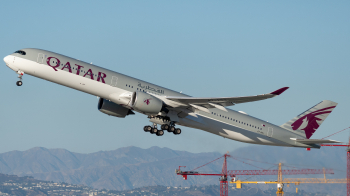We live in a time when countries worldwide are engulfed in conflict. War, in particular, has devastated various nations. Countries like Libya and Yemen have and continue to face civil wars.
The Libyan Civil War lasted six years, from 2014 to 2020, while that in Yemen has continued to rage on for over nine years. Libya and Yemen both have sizable populations. As of 2021, Libya had a population of over 6.7 million, while Yemen’s was under 33 million.
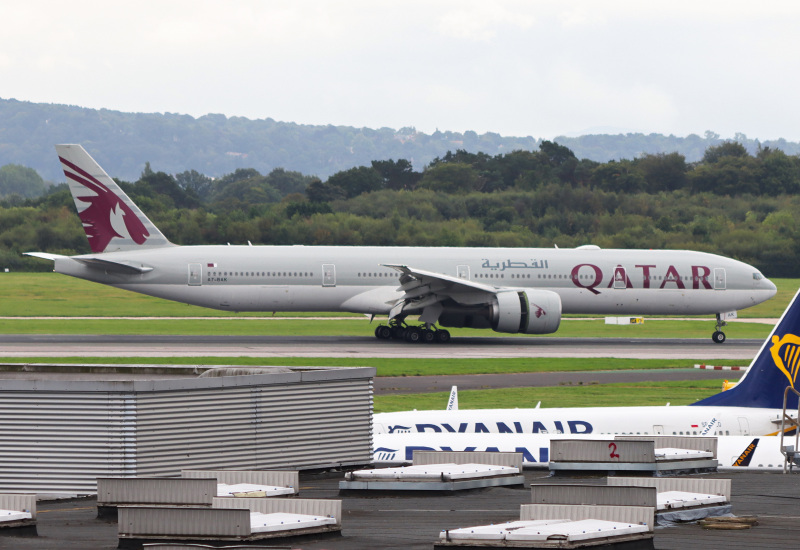
Considering these numbers, it makes sense that people would want to fly either into or out of these countries. These could be foreigners coming into these countries to visit family or friends.
Based on that information, it makes one wonder: How do flight operations continue in war-torn countries?
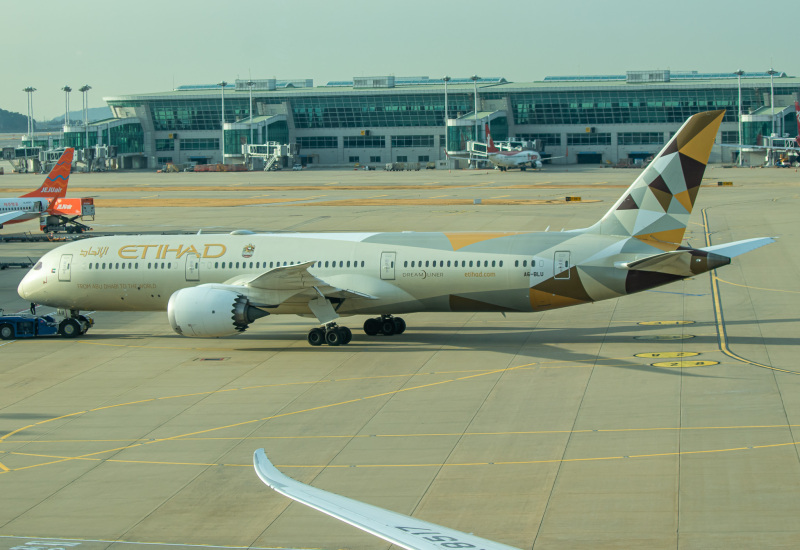
Libya
Flights recently resumed between Libya and Italy after a nearly decade-long hiatus. This event was big news as it marked the first time in that time frame that Libya was connected to the European Union.
On September 30th, Libya-based Medsky Airways launched a twice-weekly service between Tripoli’s Mitiga International Airport (MJI) and Rome’s Fiumicino Airport (FCO). This service is part of Libya’s efforts to lift the ban imposed on its aviation industry by the European Union. Italy and Malta are the only European Union members to have resumed flights with Libya.

Previously, during the war era in Libya, Europe was only reachable from Libya with transit in Cairo, Egypt, or Istanbul, Türkiye. Due to such security-related issues, many international airlines halted service to Libya, and the situation remained the same even after the war’s end.
As such, most aircraft flying into Libyan airports are from domestic carriers Afriqiyah Airways, Buraq Air, Air Libya, Libyan Wings, and Libyan Airlines, among others. These carriers offer a mix of international and domestic services. Egyptair, Tunisair, Tunisair Express, and Medavia are the only four international airlines currently serving Libya.
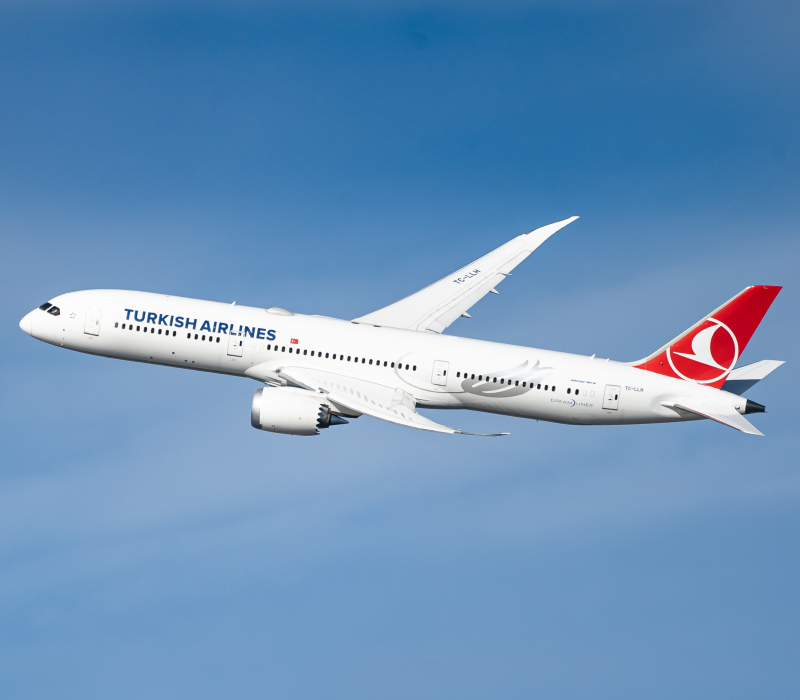
Yemen
The Republic of Yemen has suffered one of the world’s worst humanitarian crises recently. This crisis has been especially exacerbated by the near-decades-long civil war that the country continues to suffer the effects of.
The civil war has made air travel into Yemen very difficult. In 2015, a Saudi-led intervention in the country caused a no-fly zone to be placed over the entire country. For years, the airport of the Yemeni capital, Sana’a, faced constant bombardments from Saudi forces. It was only in May 2022 that commercial flights from Sana’a International Airport (SAH) resumed.
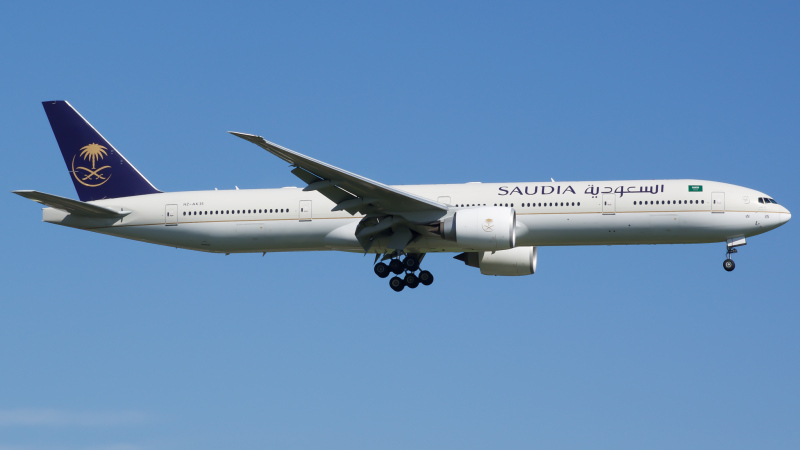
Yemenia operated this service, the flag carrier of the country, which launched an international route to Amman, Jordan (AMM). However, a year later, Yemenia announced it would suspend the Sana’a - Amman route due to the carrier’s financial troubles.
With Sana’a’s only international and civilian flight suspended, this could signal hardships for its residents. However, All is not lost, as Yemen has another major international airport that has continued to operate without a major interruption for over five years.
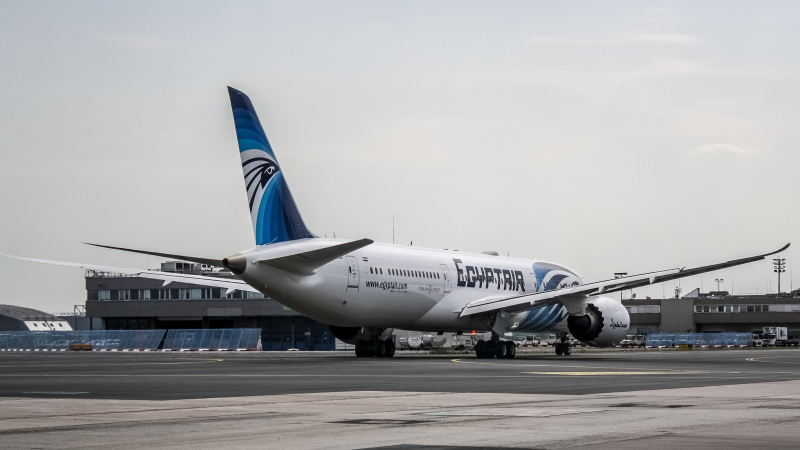
Aden International Airport (ADE), serving the port city of Aden, is the oldest airport on the Arabian peninsula. The airport was a brief battle site in March 2015. However, it was later reopened for operation in July of that year. Since then, Aden International Airport has faced temporary suspensions of flights in November 2015, 2016, and 2017.
Currently, three airlines serve Aden with both international and domestic service. Flag carrier Yemenia operates the following international routes:
- Jeddah (JED) and Riyadh, Saudi Arabia (RUH)
- Addis Ababa, Ethiopia (ADD)
- Djibouti, Djibouti (JIB)
- Cairo, Egypt (CAI)
- Mumbai, India (BOM)
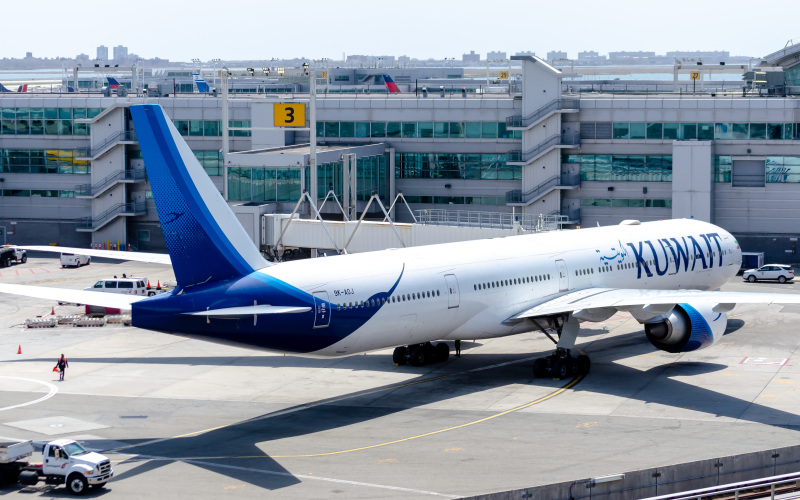
Yemenia also serves domestic flights to Mukalla, Al Ghaydah, Seiyun, and Socotra. Aside from Yemenia, Royal Jordanian looks to resume service to Amman soon. Air Djibouti also operates a route to its namesake city & country.
Examining flight operations in countries facing huge humanitarian crises is fascinating and sobering. While it is interesting to see what limited operations occur in such countries, it also brings a solemn feeling as people wanting to visit loved ones in these places face limited options.
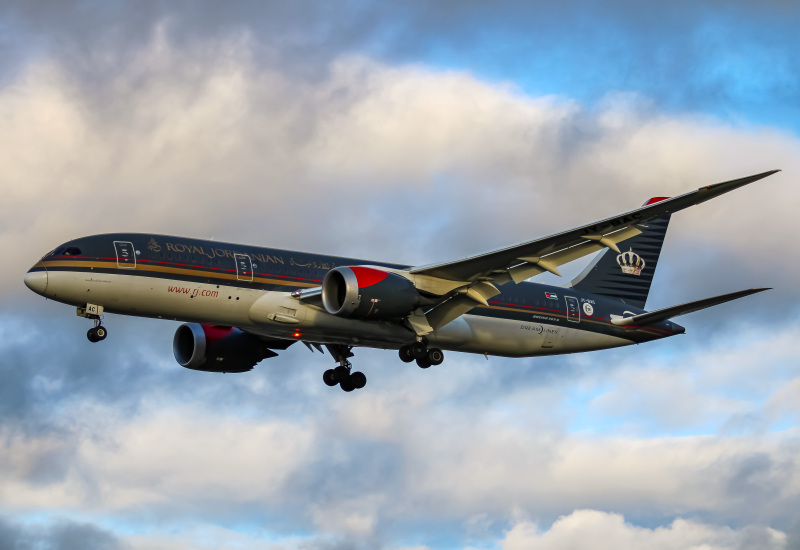
Besides, the ability to fly in vital aid, aside from government or military-sponsored relief flights, is also very low. This article was not meant to take any political stance. Moreover, it was meant to inform the general public how aviation in the countries mentioned above is affected by certain conflicts.
Comments (0)
Add Your Comment
SHARE
TAGS
INFORMATIONAL Libya Yemen Airline Operations Airline News Libya Airport Yemen Airport War Conflict Humanitarian Middle EastRECENTLY PUBLISHED
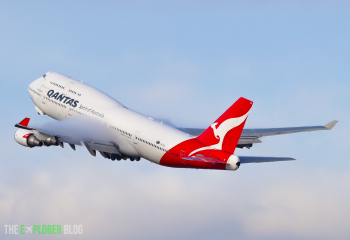 SpaceX Rocket Debris Forces Flight Delays for Qantas and SAA on Australia-South Africa Routes
Qantas and South African Airways (SAA) have faced flight delays and cancellations on their routes between Australia and South Africa due to falling debris from SpaceX rockets, Elon Musk's aerospace company.
NEWS
READ MORE »
SpaceX Rocket Debris Forces Flight Delays for Qantas and SAA on Australia-South Africa Routes
Qantas and South African Airways (SAA) have faced flight delays and cancellations on their routes between Australia and South Africa due to falling debris from SpaceX rockets, Elon Musk's aerospace company.
NEWS
READ MORE »
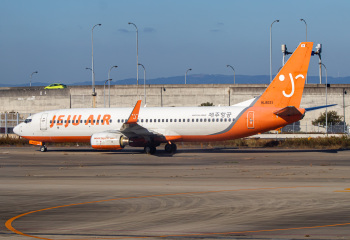 Jeju Air Black Box Flight Recorders Failed Minutes Before South Korean Plane Crash
The black boxes of the Jeju Air Boeing 737-800 aircraft that crashed several weeks ago in Muan, South Korea, stopped working during the last four minutes of the flight. The crash killed 179 of the 181 people onboard. Without the flight data and cockpit voice recorders, investigators now face a significant setback as they lack crucial information that promised to shed light on the incident.
NEWS
READ MORE »
Jeju Air Black Box Flight Recorders Failed Minutes Before South Korean Plane Crash
The black boxes of the Jeju Air Boeing 737-800 aircraft that crashed several weeks ago in Muan, South Korea, stopped working during the last four minutes of the flight. The crash killed 179 of the 181 people onboard. Without the flight data and cockpit voice recorders, investigators now face a significant setback as they lack crucial information that promised to shed light on the incident.
NEWS
READ MORE »
 4-Hour Flight Airborne for Nearly 8 Hours Following "Stabilizer Issues"
A Boeing 737-800 registered to UT Air made an emergency landing on January 7th. The flight, UT Air Flight 881, reportedly experienced "stabilizer issues" mid-flight, causing the aircraft to divert to Moscow Vnukovo Airport (VKO) 6 hours and 50 minutes after takeoff. None of the 173 passengers onboard were injured.
NEWS
READ MORE »
4-Hour Flight Airborne for Nearly 8 Hours Following "Stabilizer Issues"
A Boeing 737-800 registered to UT Air made an emergency landing on January 7th. The flight, UT Air Flight 881, reportedly experienced "stabilizer issues" mid-flight, causing the aircraft to divert to Moscow Vnukovo Airport (VKO) 6 hours and 50 minutes after takeoff. None of the 173 passengers onboard were injured.
NEWS
READ MORE »



